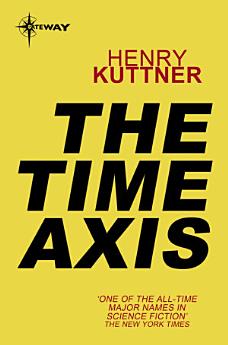The Time Axis
આ ઇ-પુસ્તક વિશે
લેખક વિશે
Henry Kuttner (1915-1958)
Henry Kuttner was born in Los Angeles, in 1915. As a young man he worked for the literary agency of his uncle, Laurence D'Orsay, before selling his first story, 'The Graveyard Rats', to Weird Tales in early 1936. In 1940 Kuttner married fellow writer C. L. Moore, whom he met through the 'Lovecraft Circle'", a group of writers and fans who corresponded with H. P. Lovecraft. During the Second World War, they were regular contributors to John W. Campbell's Astounding Science-Fiction, and collaborated for most of the 40's and 50's, publishing primarily under the pseudonyms Lewis Padgett and Lawrence O'Donnell. In 1950 he began studying at the University of Southern California, graduating in 1954. He was working towards his masters degree but died of a heart attack in 1958, before it was completed.
For more information see www.sf-encyclopedia.com/entry/kuttner_henry








